Laine Dolan, an elementary education and communications studies student in the College of Education is spending part of her student teaching semester abroad. She is teaching at Swanson School in Auckland, New Zealand, and is blogging about her experience. This post originally appeared on Laine’s own blog.
 The time has finally come: the last week of student teaching in New Zealand is over. However, here is a recap of the final week of this incredible experience!
The time has finally come: the last week of student teaching in New Zealand is over. However, here is a recap of the final week of this incredible experience!
My class had been working hard at their play of The Rainbow Fish and finally got to perform it for some other classes on Monday. The costumes turned out adorable and the students read their lines very well! I think I might have a few future Broadway stars in my class.
The last week of school we also had a water day where the kids enjoyed soaking me with squirt guns and a huge slip ‘n slide was set up on a hill. Another student teacher and I may have enjoyed the slip ‘n slide more than our students! My class also created their own jandals (sandals) after we read the story Crocodiles Christmas Jandals. I also continued to share my passion of lacrosse with my kiddos as we had some chances to practice their skills more. Finally we ended the week with some well earned ice blocks (popsicles).
Oh! Don’t let me forget about the final assembly! There were awards, each year level sang songs, and most importantly… the American teachers put together a little something for the school. We also were lucky enough to be pulled on stage with the Pacifico group to try to learn their cultural dance moves. It is a Pacifico tradition to bring people into their culture by having them try the dance with them. It was quite the surprise to us to be pulled on stage again but we did our best!
It’s the people that really make the most impact on experiences in life. I am so grateful to have been places with Janet these past seven weeks. She has been so fun to work with and has helped me grow as a teacher in so many ways. On our final day, after the bell rang and school ended, all of us American student teachers headed to Bethells beach for one last afternoon hangout.

I am so thankful for each and every person that I met while student teaching in New Zealand. There were countless people that went out of their way to make us all feel welcome. Lisa (a teacher at Swanson) hiked and got burgers with us the first weekend. Mike (a teacher) dedicated so much time to help us make traditional Maori bone carving necklaces. Hazel (a teacher and host of Sarah) took us hiking, kayaking, and snorkeling. Matt (a teacher) took us surfing. These are just a few of the numerous people that made this trip so special.
Most of all I am thankful for the girls asleep on the beach above. I could not have asked for a better group of girls to be stuck with every day for the past seven weeks. Sarah, Alee, Erin, Maddy, and I made so many memories this trip that I will never forget. I’m lucky to have four new best friends! See you all at St. Norbert College when I visit soon!
Thanks for following my blog!
The End.
 This second-to-last week of the school year was filled with a lot of learning and fun. We have been working this entire term on passion projects. Each child was able to choose their passion that they wanted to create a project on. Passions ranged from baking and horses to robots and
This second-to-last week of the school year was filled with a lot of learning and fun. We have been working this entire term on passion projects. Each child was able to choose their passion that they wanted to create a project on. Passions ranged from baking and horses to robots and  “Every country should have Thanksgiving” said a random New Zealand lady at a rest stop on the side of the road, and I could not agree more. This woman had started up a conversation with the other American student teachers and me when we stopped for a quick break to take in some views on our drive back from a weekend trip. The friendly woman overheard us talking with our American accents and was quick to ask if we were from the States. She then started to express her love of the idea of Thanksgiving, and wished that she and every other country in the world celebrated it too. It was in this moment that I realized I had never appreciated thanksgiving enough.
“Every country should have Thanksgiving” said a random New Zealand lady at a rest stop on the side of the road, and I could not agree more. This woman had started up a conversation with the other American student teachers and me when we stopped for a quick break to take in some views on our drive back from a weekend trip. The friendly woman overheard us talking with our American accents and was quick to ask if we were from the States. She then started to express her love of the idea of Thanksgiving, and wished that she and every other country in the world celebrated it too. It was in this moment that I realized I had never appreciated thanksgiving enough. Before I even got to New Zealand, I started to experience the immense integration of the Maori culture within New Zealand. I was greeted in multiple emails from the New Zealand faculty saying “Kia Ora.” From the context of the emails I could make the assumption that this was a greeting, however, I didn’t look into what language this greeting was and where it came from exactly. I quickly learned when I got to New Zealand that it was “hello” in the Maori language.
Before I even got to New Zealand, I started to experience the immense integration of the Maori culture within New Zealand. I was greeted in multiple emails from the New Zealand faculty saying “Kia Ora.” From the context of the emails I could make the assumption that this was a greeting, however, I didn’t look into what language this greeting was and where it came from exactly. I quickly learned when I got to New Zealand that it was “hello” in the Maori language.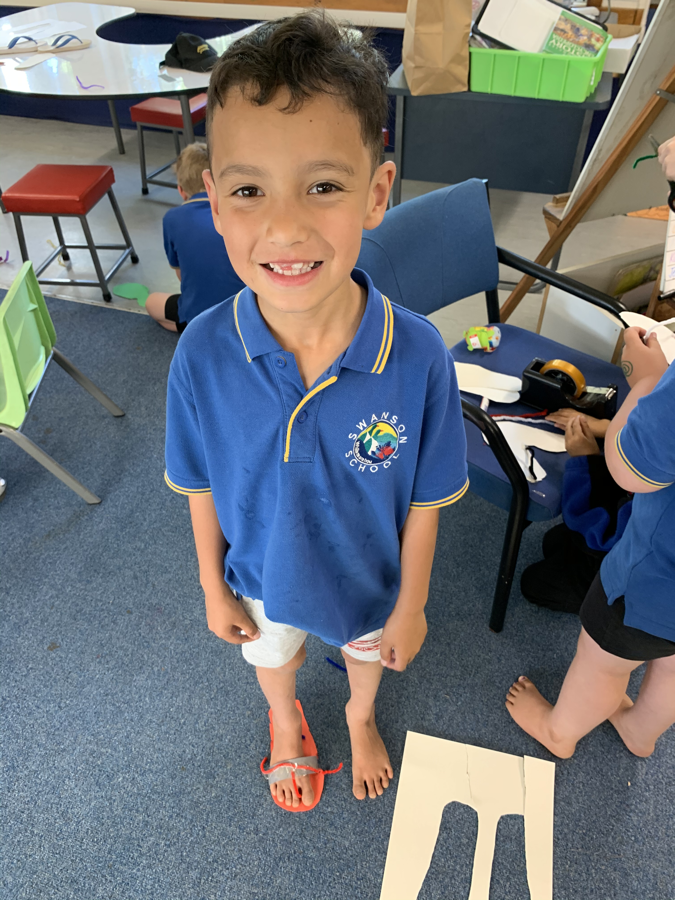
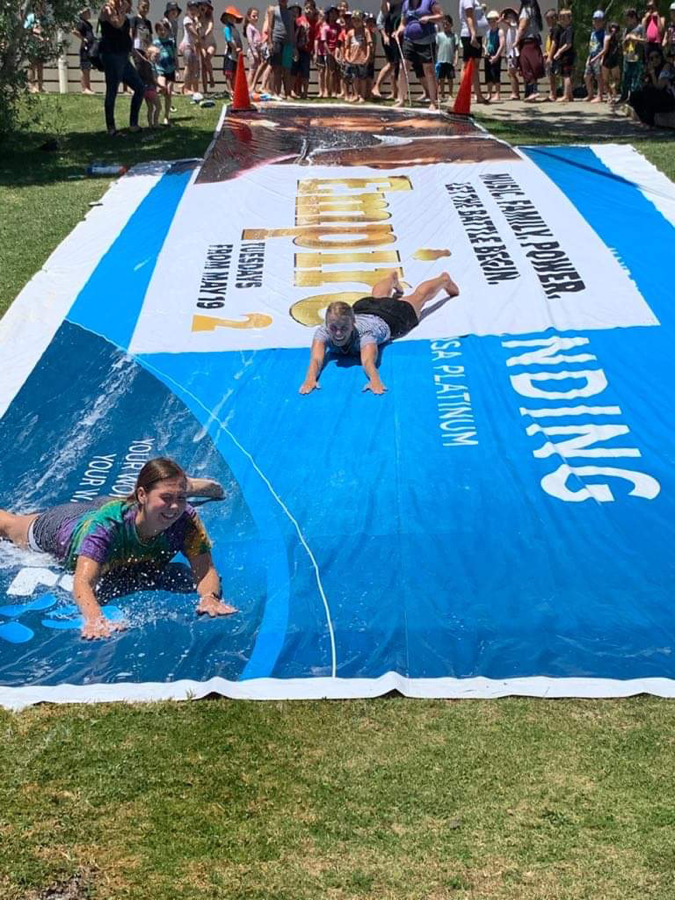
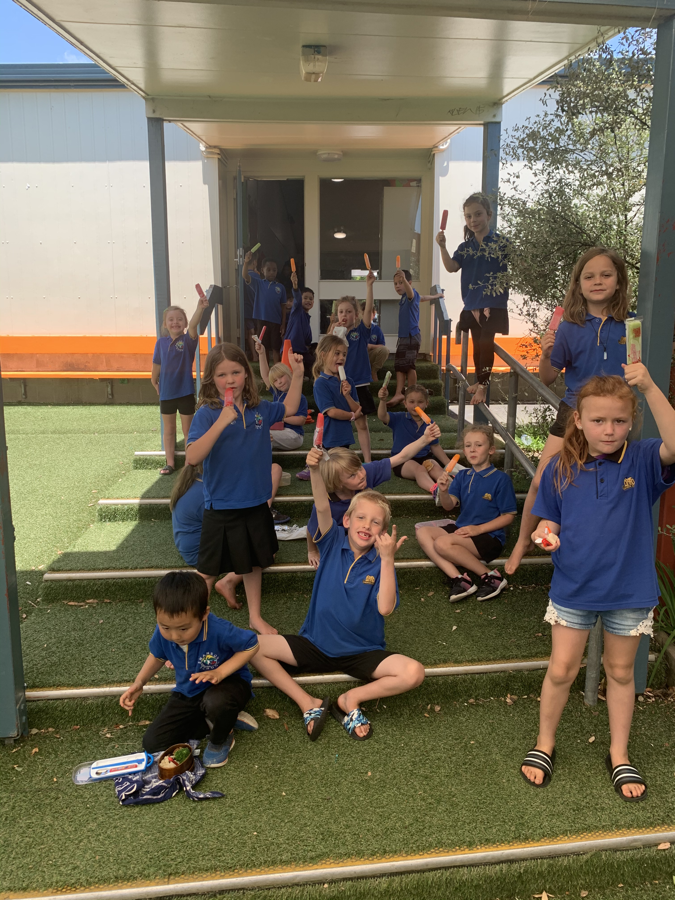
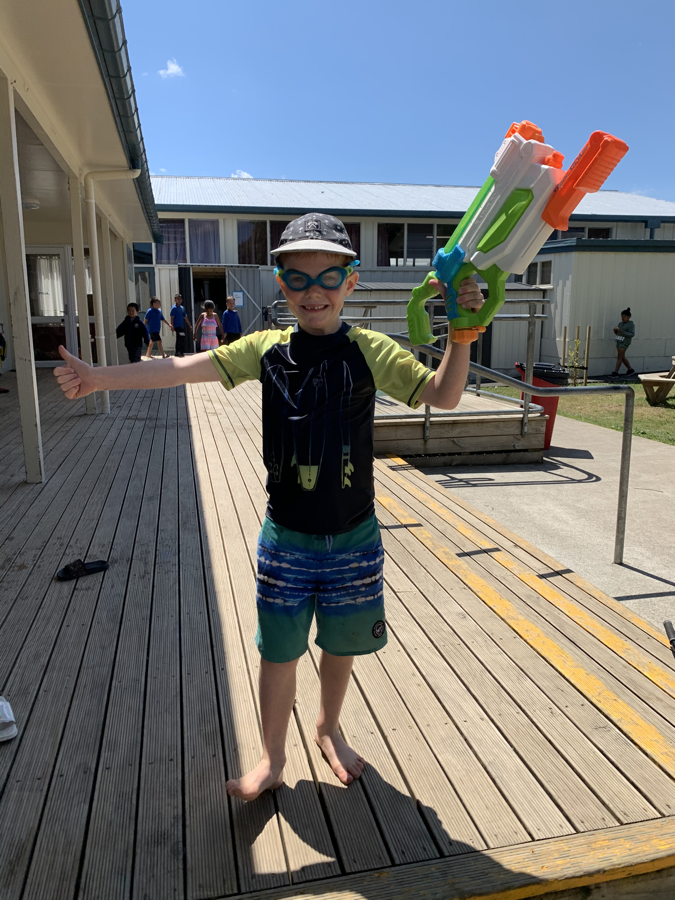
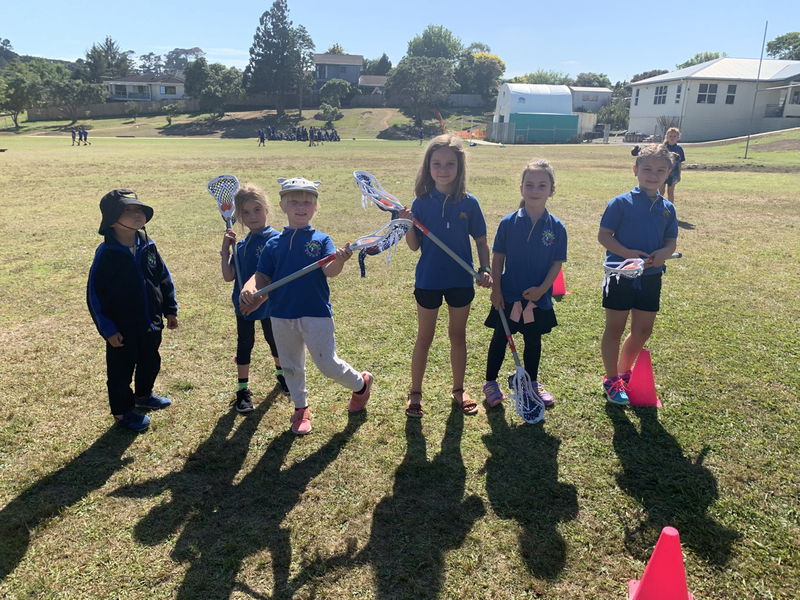
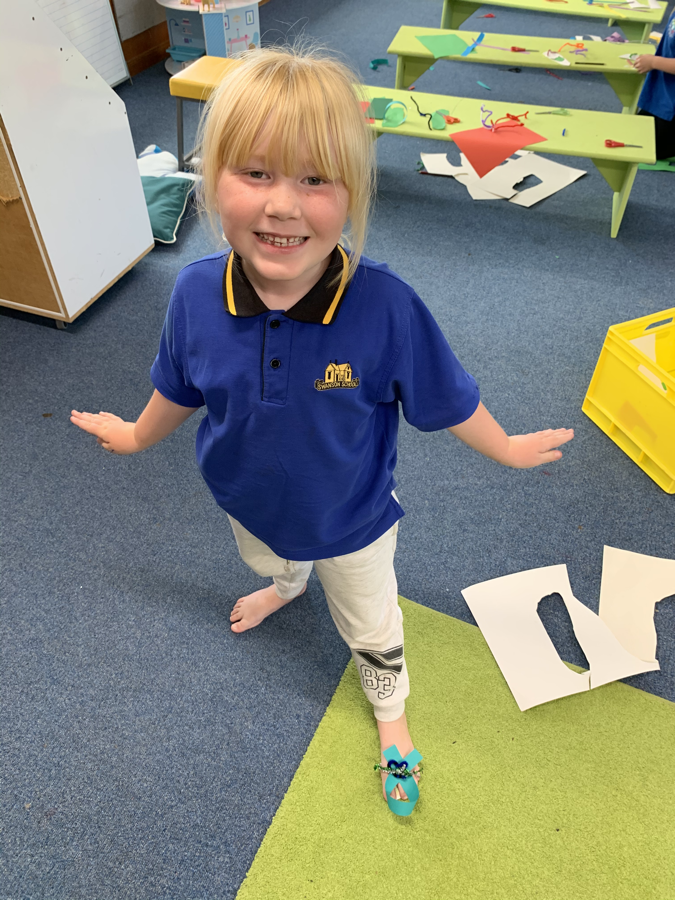
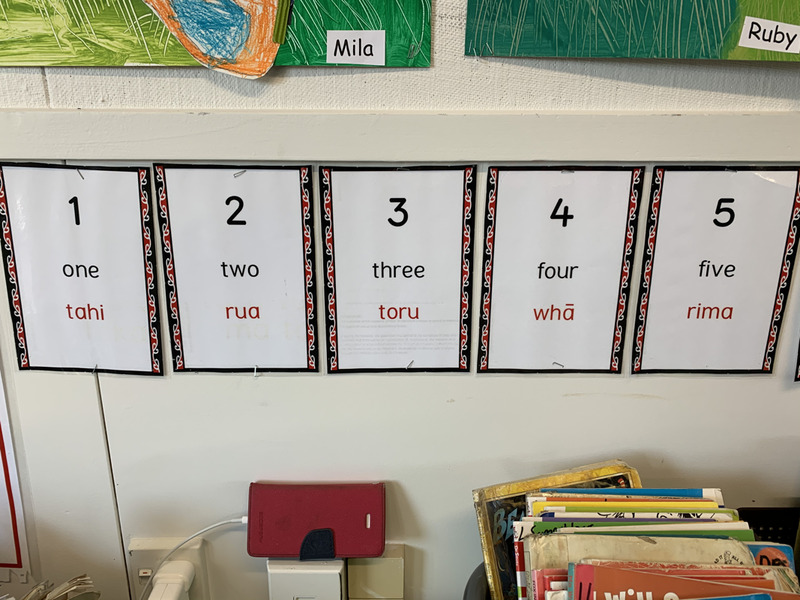
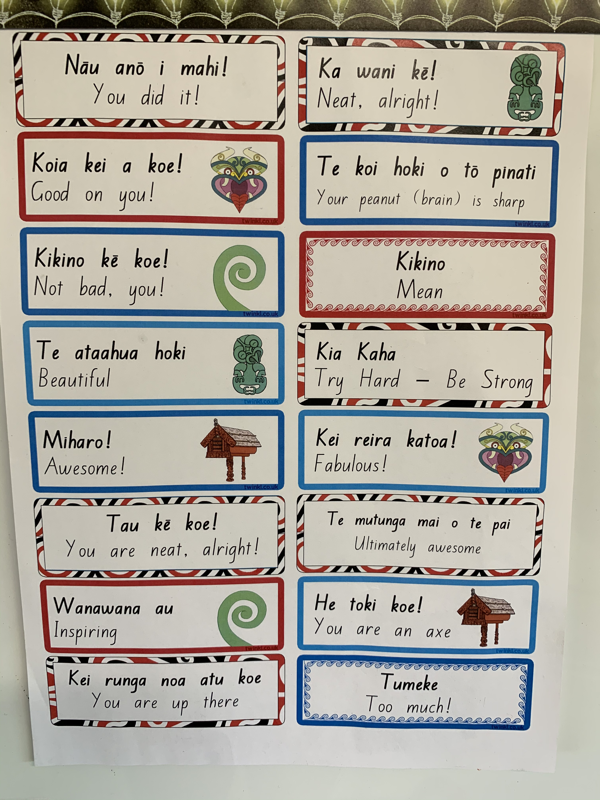
 Think about it… milk is white… why do we have orange cheese in America?! I was mindblown when this idea was brought to my attention here in New Zealand. We were sitting in the staff room during morning tea chatting with a reliever (substitute teacher) when this was brought to my attention. She had lived in the United States for about five years in her teen years when her dad had moved there for work. We were talking about differences between the States and New Zealand. She explained the thing that confused her the most in the States was that we had bright orange cheese. At first I was confused by her comment because I’ve just grown up “knowing” cheese is orange. When you put a slice of cheese on your burger it’s bright orange, when you make Kraft Mac ‘n cheese and most kinds it’s bright orange, and if you buy a cheesehead in Wisconsin it’s bright orange! If someone asked me to draw a slice of cheese I would most likely draw it orange.
Think about it… milk is white… why do we have orange cheese in America?! I was mindblown when this idea was brought to my attention here in New Zealand. We were sitting in the staff room during morning tea chatting with a reliever (substitute teacher) when this was brought to my attention. She had lived in the United States for about five years in her teen years when her dad had moved there for work. We were talking about differences between the States and New Zealand. She explained the thing that confused her the most in the States was that we had bright orange cheese. At first I was confused by her comment because I’ve just grown up “knowing” cheese is orange. When you put a slice of cheese on your burger it’s bright orange, when you make Kraft Mac ‘n cheese and most kinds it’s bright orange, and if you buy a cheesehead in Wisconsin it’s bright orange! If someone asked me to draw a slice of cheese I would most likely draw it orange.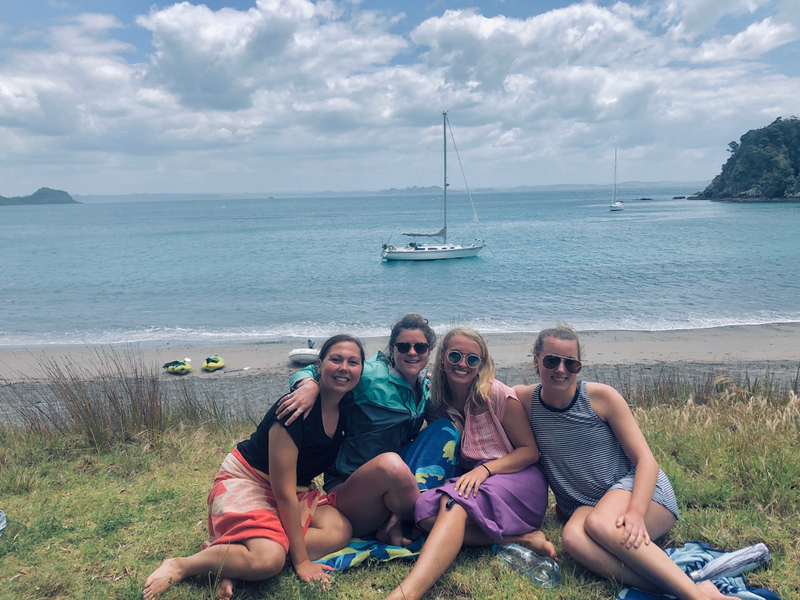
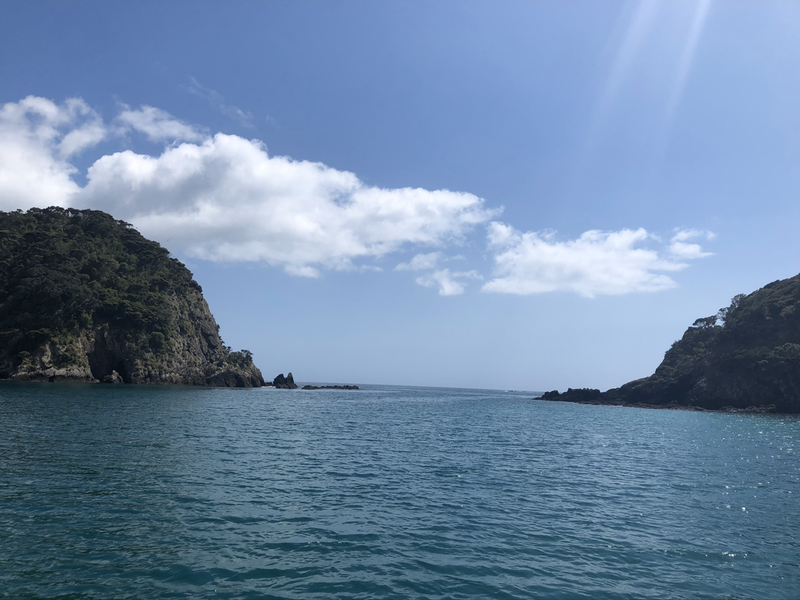
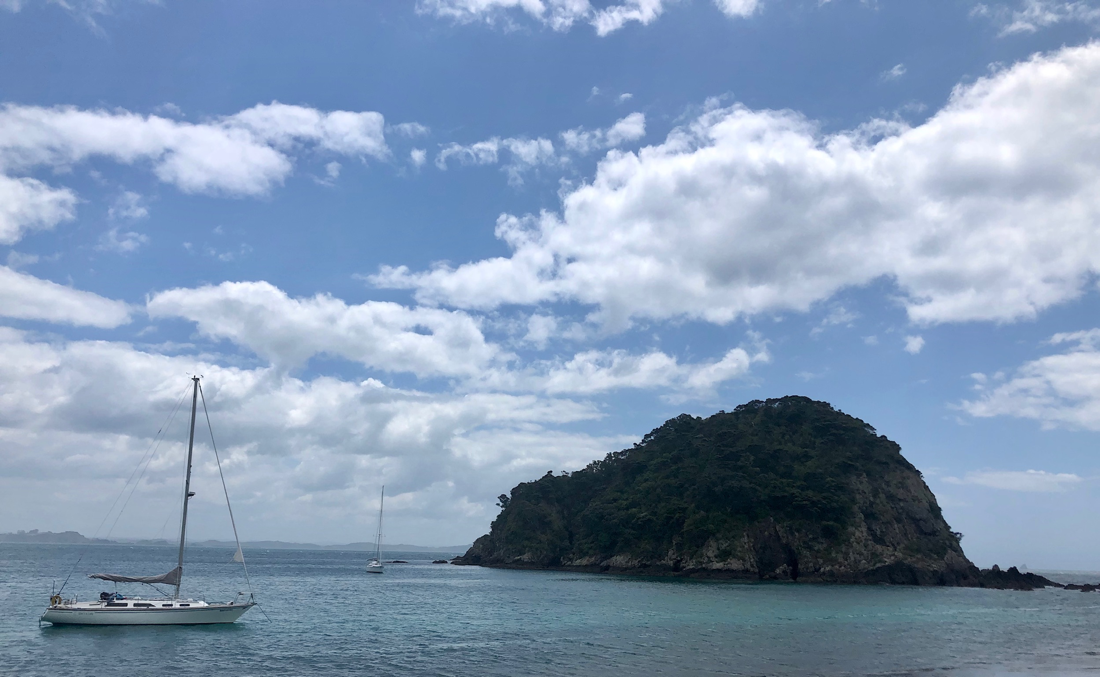
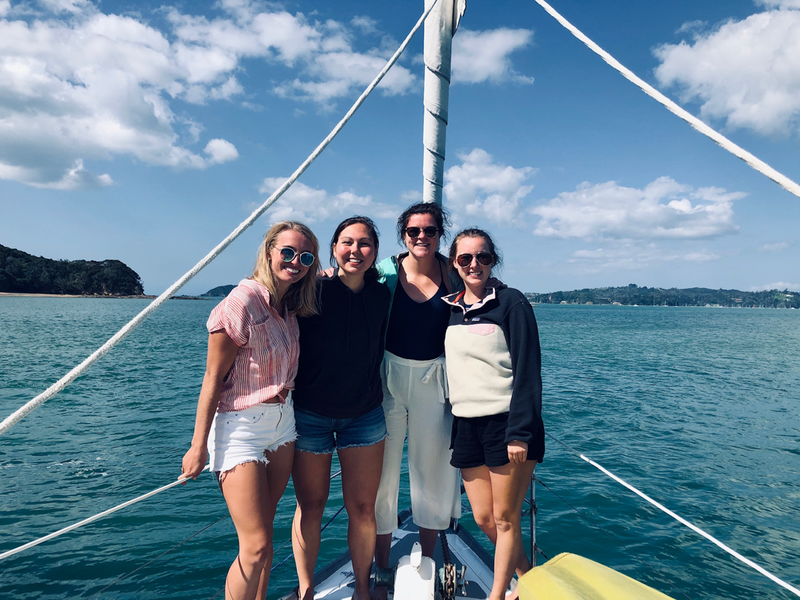
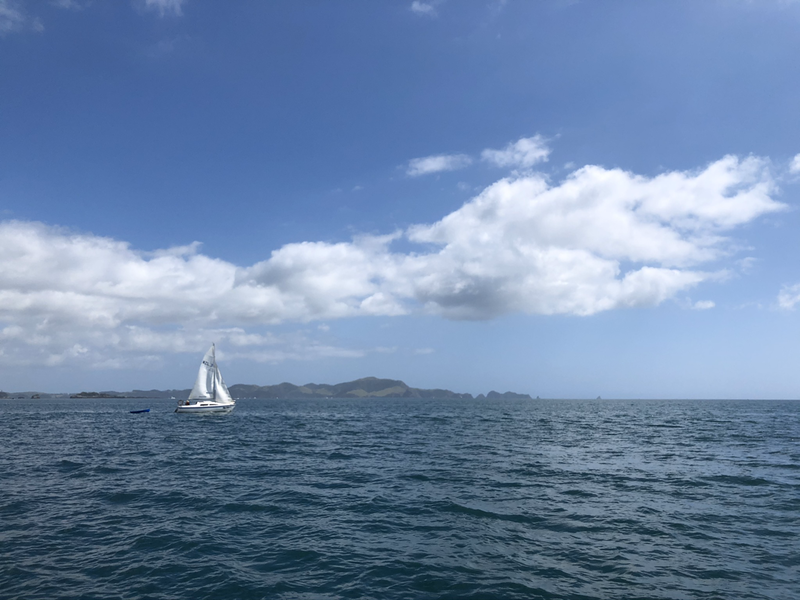
 I have officially been student teaching in New Zealand for two weeks now. I have loved my time so far and have learned so much from my cooperating teacher, class and school. I have finally started to get into the groove of things and am getting a hang of the schedule.
I have officially been student teaching in New Zealand for two weeks now. I have loved my time so far and have learned so much from my cooperating teacher, class and school. I have finally started to get into the groove of things and am getting a hang of the schedule. Hello Everyone and Welcome to my First Blog Post!
Hello Everyone and Welcome to my First Blog Post! By Laine Dolan
By Laine Dolan Hello!
Hello!


